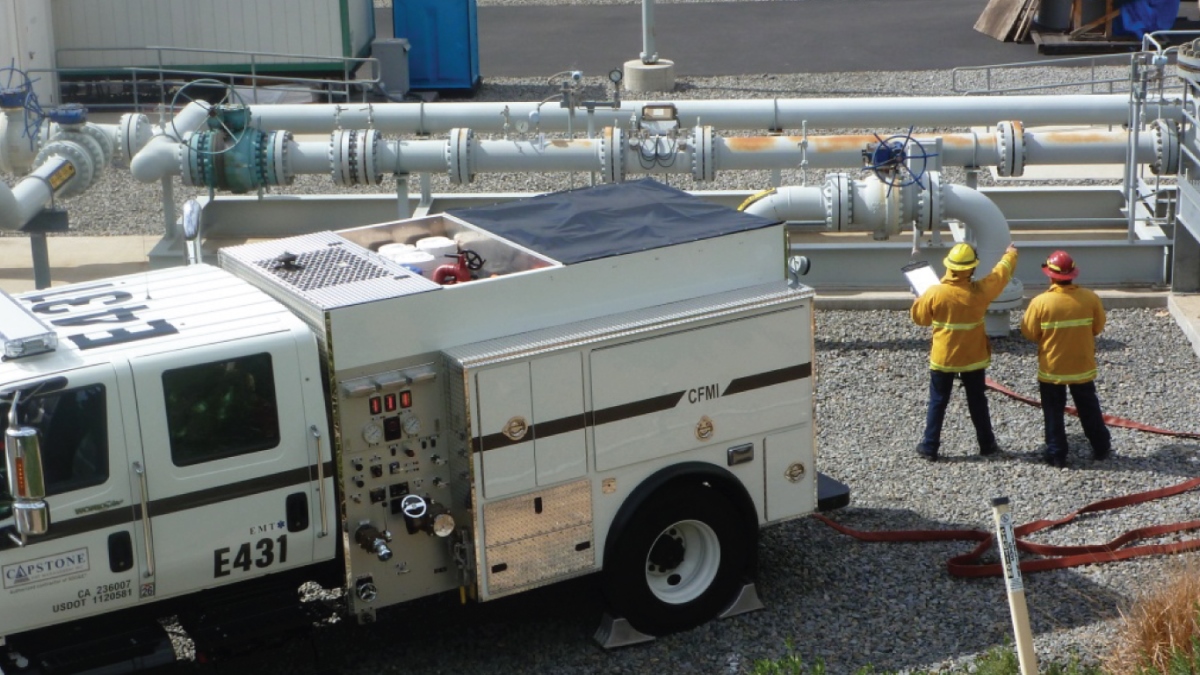A Embers of Change: Innovations in Fire Protection Services
Fire prevention is an important aspect of both personal and workplace spaces, influencing how we shield our houses, organizations, and family. With heightened awareness of the risks posed by fire hazards, the necessity for robust fire safety services has reached new heights. Advancements in this field are not just changing the way we think fire safety and response, but are also saving lives and minimizing property damage. From innovative solutions that improve fire identification to comprehensive training programs aimed at preparedness, these developments form the backbone of today's fire safety standards.
As we examine the changing landscape of fire safety services, it becomes clear that knowledge and readiness are key elements in avoiding disasters. Grasping the importance of fire drills, carrying out regular risk assessments, and confirming compliance with safety regulations are all vital steps in securing our surroundings. Moreover, acknowledging common fire hazards in residences and organizations allows residents and entities to take proactive measures. In this write-up, we will explore essential tips, strategies, and the most recent innovations that are shaping the future of fire safety, providing insights for everyone from residents to various industries.
Essential Fire Safety Tips
Implementing effective fire safety measures is essential for safeguarding your home and business from likely fire hazards. Start by making sure that smoke alarms are affixed throughout your property. These devices should be examined monthly, and the batteries replaced at least once a year. https://click4r.com/posts/g/20241980/fighting-fires-our-leading-edge-of-fire-hazard-solutions play a critical role in early fire detection, giving you critical time to evacuate and call for help if necessary. Moreover, it is wise to have fire extinguishers readily available, especially in hazardous areas such as kitchens and garages. Acquaint yourself with how to operate them and confirm they are upkept and serviced regularly.
Creating a thorough fire escape plan is an additional crucial step in ensuring the safety of lives. This plan should include distinct escape routes and designated meeting points outside, ensuring that every family member or employee knows how to exit safely in case of an emergency. Conduct routine fire drills to practice the plan, making it familiar to everyone involved. Consider individuals with disabilities while planning and ensure that fire exits are never blocked or obstructed. By practicing your escape plan, you increase the likelihood of a safe and quick evacuation during an genuine fire event.
Awareness of common fire hazards can also help in fire prevention. Consistently inspect your home or workplace for potential risks, including damaged electrical wiring, excessively full outlets, and badly handled flammable materials. In Fire Safety Strategy , be cautious with cooking equipment; remain vigilant while cooking and keep flammable items away from hot surfaces. During winter months, take care to service heating appliances and use them according to producer guidelines. By identifying and addressing these hazards, you can significantly minimize the risk of a fire happening in your environment.
Fire Safety Strategies and Readiness
Efficient fire safety planning is vital for both residences and businesses. Understanding common fire hazards and adopting preventive measures can greatly reduce the risk of a fire occurring. Key tips include making sure that combustible materials are stored safely, keeping exits clear, and utilizing fireproofing techniques for your property. By carrying out regular fire risk assessments, homeowners and business owners can spot vulnerabilities and take proactive steps to lessen risks.
Another critical component of fire safety preparedness is developing an effective fire escape plan. This plan should specify clearly marked escape routes, designated meeting points, and particular roles for family members or employees during an emergency. Frequent fire drills reinforce this plan and ensure everyone knows what to do in case of a fire, boosting both preparedness and confidence in emergency situations. It's crucial to review and rehearse this plan frequently to ensure readiness.
In addition, integrating advanced fire safety technologies, such as smoke alarms and fire suppression systems, can enhance preparedness considerably. Regular maintenance and testing of these devices are vital to ensure they operate correctly when needed. visit this page should also emphasize training employees on fire safety protocols, as it enables them to respond effectively to fires. By prioritizing these practices, individuals and organizations can foster a culture of fire safety that shields lives and property.
Developments in Fire Protection Technology
Recent groundbreaking developments in fire protection technology have transformed the way organizations and residences approach fire protection. One of the most significant innovations is the integration of smart technology into fire detection and suppression systems. Connected smoke detectors can now sync with smartphones, providing real-time alerts and updates on fire threats, while smart fire extinguishers equipped with sensors can guide operators on the best techniques for extinguishing different types of blazes, enhancing the performance of fire responses.
Another breakthrough in fire safety technology is the design of state-of-the-art fire suppression systems. These systems utilize environmentally friendly agents and can be adapted based on the specific demands of various locations, such as kitchens, data centers, and warehouses. The implementation of misting systems, which use small water droplets to douse fires, minimizes water damage while successfully controlling flames. These advancements not only boost safety but also reduce the collateral damage often associated with traditional firefighting methods.
Finally, the role of machine intelligence and the Internet of Things in fire safety cannot be overlooked. AI-driven systems evaluate data from multiple sources, anticipating potential fire hazards and dynamically adjusting fire safety measures as needed. IoT devices can provide continuous monitoring of fire risks in real time, allowing for preventive rather than responsive strategies. As these advancements continue to evolve, they are poised to enhance fire protection, making it smarter, more effective, and ultimately saving human lives and property.
